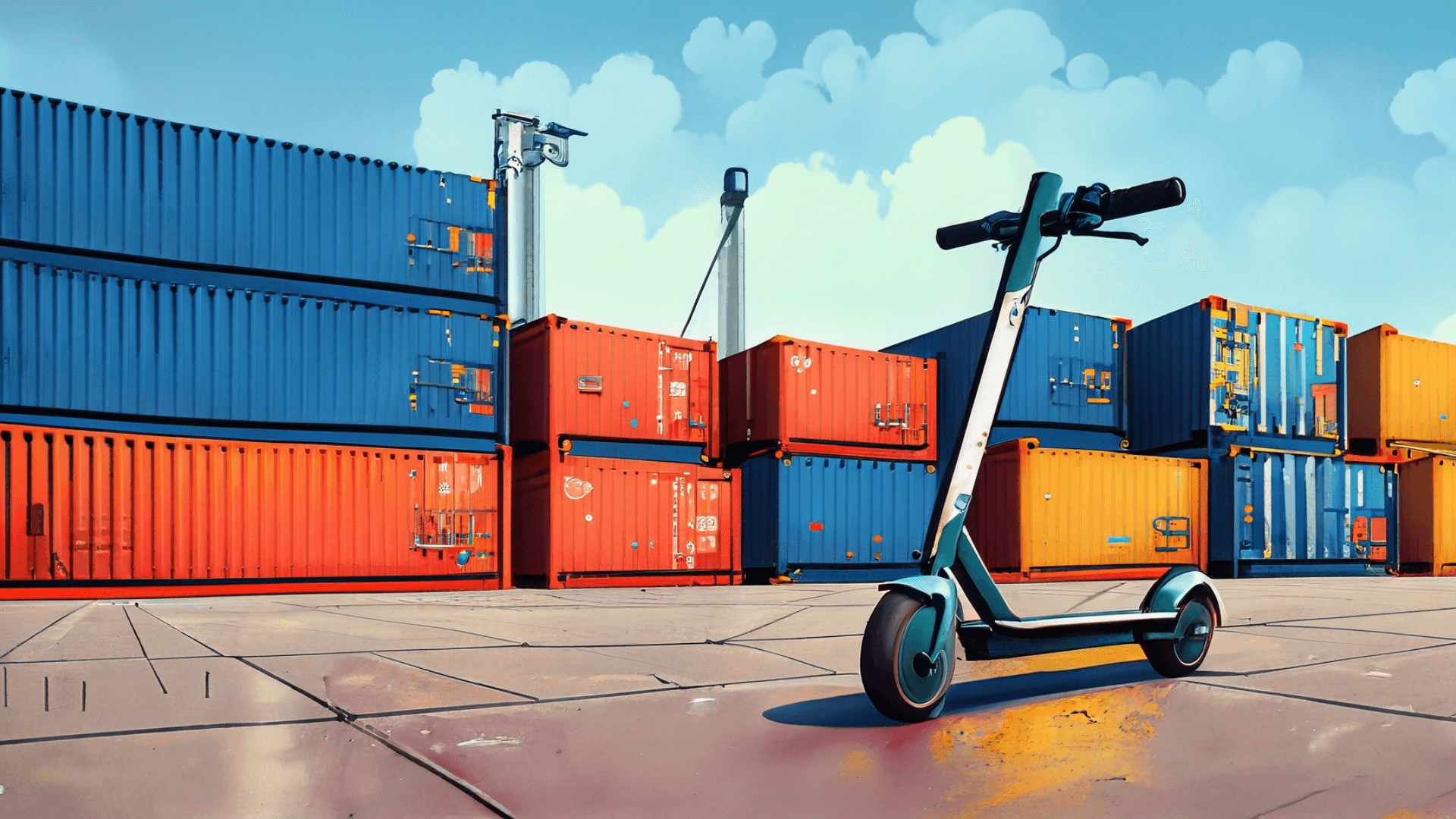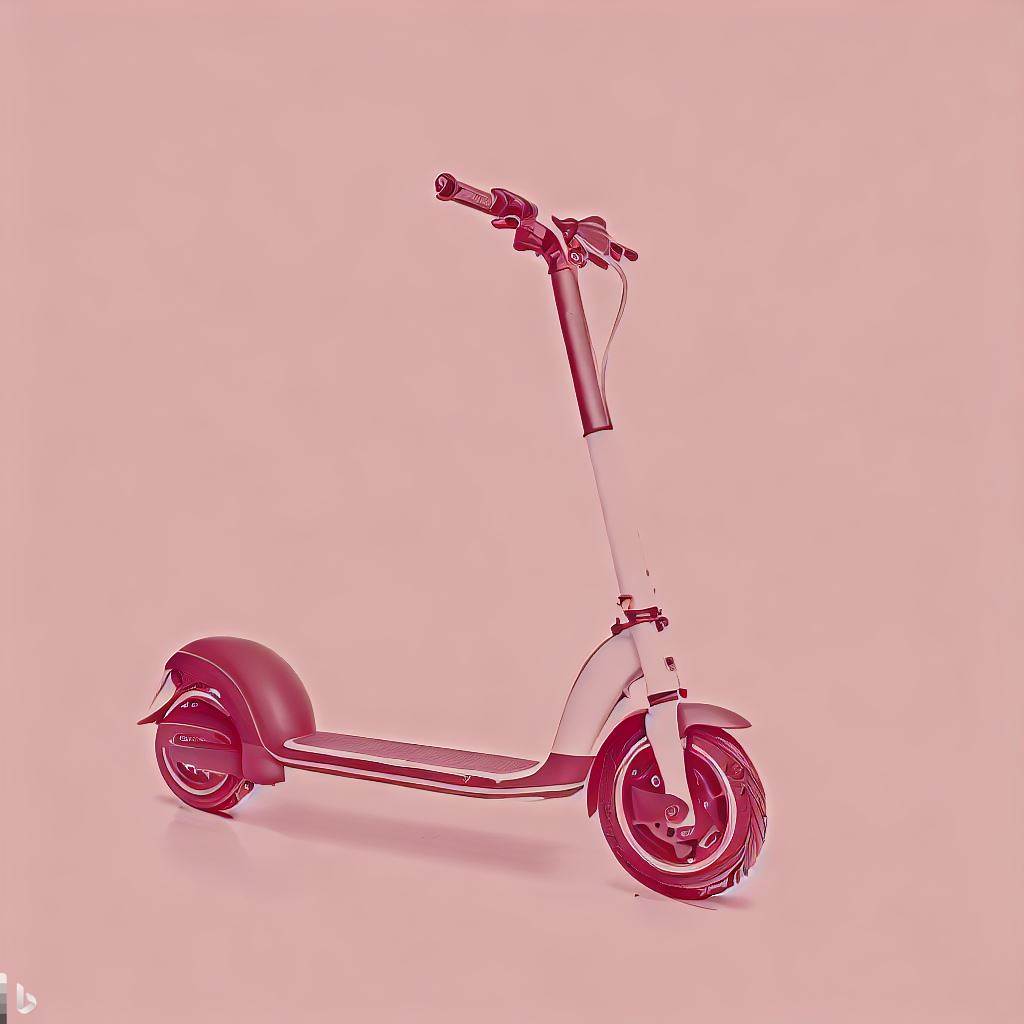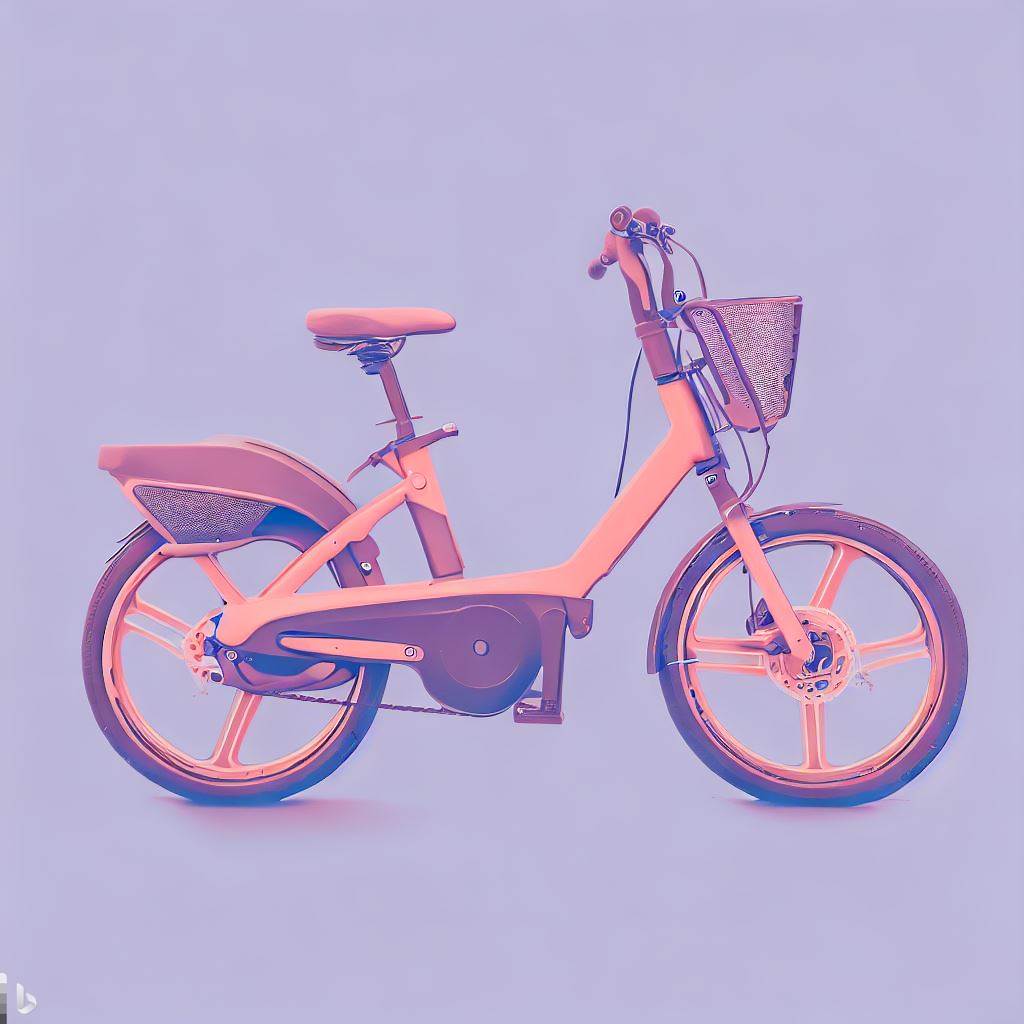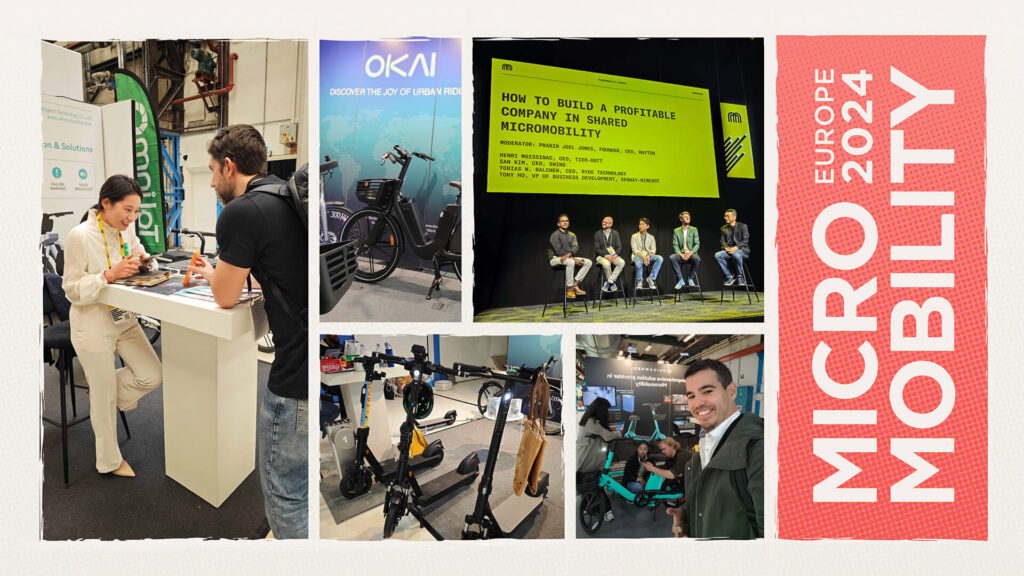The global supply of fleet vehicles such as shared e-bikes, scooters, mini-EVs, and more, is a complex network that has faced significant challenges in recent years. Many of the vehicles, or components such as batteries and electronics, originate from China. Political tensions and conflicts, such as the ongoing situation in the Red Sea, or the US-China trade war have posed serious threats to the stability and efficiency of these supply lines.
In this post we’ll delve into the challenges posed to the New Mobility supply chain by those events, and what you can do to reduce the risk.
The supply chain’s current ‘Three-Body-Problem’: Houthis, Panama and the trade war
As you may have read in the news, the Houthis, an armed political group in Yemen, started attacking carrier ships passing through the Red Sea in late 2023. This has had a profound impact on the supply chain of many goods travelling between Asia, Europe, and even the North American east coast.
With 30% of global container trade passing through the Suez Canal, the crisis has led to a substantial increase in shipping costs and an estimated 9% reduction in effective global container shipping capacity. This is because the attacks on cargo vessels have forced many to reroute around the Cape of Good Hope in South Africa, adding approximately 4,000 miles to each journey and increasing transport times by 8-14 days.
The result is that container shipping costs have increased nearly 400% since early December along routes that used to go through the Red Sea, and even 150-200% for routes that do not go through the Red Sea, but are impacted due to the reduction in global container shipping capacity.
We also observe this increase in the prices of sharing e-scooters in North America and Europe. If you wanted to order sharing scooters to the US-American West Coast late last year, you could expect to pay ~50 USD more per scooter compared to what you would have paid if you picked them up in China. Now it’s ~125 USD, and for Europe, that difference is currently more pronounced at ~185 USD.
It’s not only the Houthi attacks driving up global shipping prices. A weather phenomenon known as El Niño exacerbated a drought that the Panama canal region is currently experiencing. This has reduced the water availability for the canal’s locks to such an extent that, as of January 2024, only 66% of the usual number of vessels could pass through.
Approximately 8% of global container volume passes through this canal. If you happen to order your fleet from China and import through ports of the US south or east coast, such as Houston, Savannah, or Baltimore*, expect that to contribute to your fleet vehicles’ final destination costs.
*While it’s too soon to assess the impact of the Baltimore bridge collapse, suffice to say it is not a positive contribution to the supply chain.
The geopolitical tensions between China and USA is the third major problem currently reshaping the supply chain. This trade war is a chapter in and of itself, with an impact on the New Mobility supply chain that is complex to assess.
While many companies have moved the last step of their supply chain to countries such as Vietnam or Mexico for assembly, we luckily haven’t observed a large impact on the tier 1 supply chain in our industry yet. Nevertheless, we have reduced visibility on the tier 2 supply chain, the subcontractors to the main suppliers, and cannot exclude that prices of tier 2 suppliers have increased.
How does this affect fleet procurement?
Despite these challenges, fleet buyers in the EU and USA still have many possibilities to obtain the vehicles they need in 2024. Here are a few options:
1. Many Chinese vessels still venture through the Red Sea
The Houthis stated that they won’t target Chinese nor Russian vessels. Nevertheless, a tanker carrying Russian oil was attacked in January, indicating that ships are sometimes incorrectly attributed to other countries. This is one reason why insurance fees for Chinese and Russian carriers remain high. While sailing through the Red Sea might accelerate the delivery of your fleet, the costs remain mostly the same.
2. Shipping by train and airfreight
If you’re ordering components and parts that aren’t classified as dangerous goods such as flammable batteries, and which are not heavy or bulky, you can still obtain them via airfreight for a reasonable price. If you are in Europe and ordering from China, your supplier can send your goods via the Khorgos-Duisburg cargo trains. Note that train prices are currently elevated, and that you have to order several months in advance to get a slot on a train.
3. Local Supply Chains
One of the best options might be to order your fleet from a local manufacturer in the EU or North America. Europe has plenty of suppliers for sharing e-bikes, and there are a handful of sharing e-scooter brands such as ROQU and Aike. You might pay a higher upfront price for their scooters in comparison to Chinese brands, but also shorten your supply chain and reduce your vulnerability. In North America, TODAY is a great local alternative.
4. Refurbished and second-hand fleets
Why not buy used fleets? Fleet vehicles have proven quite robust and resilient for the latest 2-3 generations. There are many used vehicles for sale on the Joyride Garage whose frames and chassis have remained the same. When purchasing those, you mostly need to repair and exchange the wear-and-tear parts that tend to be small and lightweight, and the old batteries. Airfreight of rubber handles and plastic mudguards won't break the bank, and shipping costs for batteries are only a fraction of the ones for entire vehicles.
In every case, plan ahead!
In the New Mobility industry, professionals often adopt a 'just-in-time' approach to their supply chain. While challenges like the Red Sea conflict pose significant risks to the supply chain of small EVs, the supply chain has shown remarkable adaptability.
However, this doesn’t mean that you can continue ordering your fleet as you used to in the past. Waiting until the last minute to order vehicles isn’t worth the risk–especially following a period of delayed funding, permit negotiations, or extensive benchmarking.
This year (and for the foreseeable future), fleet buyers need to place and pay for their orders at least 2-3 months in advance, and for FCL orders (full container load) even 3-6 months. If your supplier keeps a local warehouse in the EU or North America, their existing stock may get reserved or sold before it reaches the port. If you’re ordering from local manufacturers, their lead times have increased since they have to wait longer for components from overseas.
Because prices fluctuate quickly at the moment, the first quote that you obtained a month ago before you continued negotiating and benchmarking other offers may not be valid anymore.
Your partner for flexible supply chain
In periods of volatility, it’s worth investing into stable strategic partnerships for your supply chain instead of a transactional approach. In both cases, the Joyride Garage B2B E-Commerce Marketplace for New Mobility can help.
Visit our supplier list to see who’s selling, and start building a trusting relationship for your future supply chain, today.







